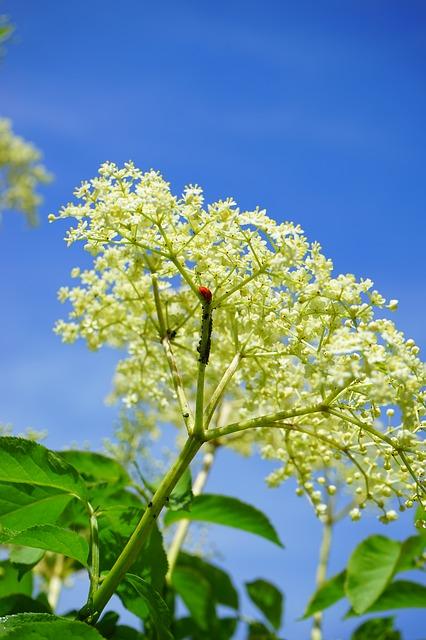Grow Fast, Grow Strong
In the time of recession, many young people are turning to self-employment options. Among dozens of next-year-millionaire-making business ideas, those that base their income on the land are often unjustly underestimated. One of such business ventures that is also a good investment is growing nut trees. In a nutshell, this article describes all the requirements and benefits of having a private nut plantation.
Why nuts?
Nuts are nutritious, and with the popularity of organic food and healthy lifestyle, a handful of nuts is a part of every weight loss diet. They are not a kind of food that spoils easily, so the storage is less demanding than for example peaches or strawberries.
Apart from this, nut trees are very resistant and need minimal maintenance. People say that you plant nut trees for your children and grandchildren. However, today’s agronomy has produced grafted trees that start bearing fruit as early as one year after planting.
Before you plant
There are a couple of things that you need to make clear before your go out and buy several scores of nut trees. Not all nut species are suitable for any climate and soil type. Consult an agronomist on what nuts to grow on your patch of land. Secondly, you need to consider how much space you have and how much space each tree needs. You should also consider what pests and diseases are prevalent in your region.
Dealing with pests
If you are planning to grow your 5 acres of nut trees close to a woodland, your biggest problems will be squirrels. They are mainly interested in nut kernels while they are still green in their dough-like stage. In July and August, squirrels are magnetically drawn to these trees, removing the kernels for their winter storage. However, if you set a dog or two to run loose among the trees, the furry pests will take their business elsewhere. Cats are even better guardians as they will actively climb tree trees and chase them off.
Harvesting
Once you plant the trees, harvesting is the period that will take the most of your time and effort. You need to gather, prepare and preserve the nuts. The degree of human labor will depend on your willing to invest into machinery. Unless you have a trained brown bear, you will definitely need a small tractor with a trunk shaker attachment. In order to make your tractor and other farming machinery completely autonomous, you should invest in a sturdy polyethylene Rapid Spray diesel tank, so you always have a steady supply of safely stored fuel at your farm.
Preparing and storing
When you pick the nuts from the ground you need to dump them in a water tank. Diseased, damaged and old nuts will float at the surface. To prevent molds and improve the fruit flavor and texture, you need to dry the nuts until moisture content drops below 10%. You can do this by spreading them in a single layer in a cool but dry and ventilated place so the air can circulate freely about them. You can tell that the nuts have dried when the kernels began to rattle in their shells and can snap on bending. The process takes from one to three weeks. When they dry, you need to store them in a cool place.
Although all nut species are resilient and easy to grow, you should stick to one that grows best in your neck of the woods. After all, a nut farm is an investment and legacy that will last for generations.






0 Comments
Recommended Comments
There are no comments to display.